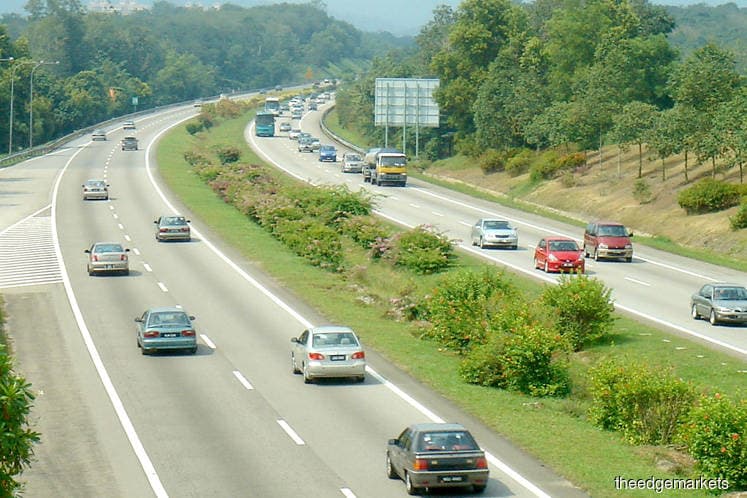
KUALA LUMPUR (Oct 17): There is an urgent need to strengthen safety guidelines, regulations and enforcements related to road safety to reduce road accidents and fatalities, which resulted in an estimated loss of about RM8.8 billion to Malaysia in 2017.
To do so, Putrajaya will strategically coordinate all transport safety under a single entity, according to the National Transport Policy 2019-2030 blueprint, which was released today.
The report noted that Malaysia has the highest road fatality risk — of 24 per 100,000 population — among Asean countries. “In 2017, the number of deaths have increased to 6,740, with 63% from motorcycles. On yearly average, more than 4,000 motorcyclists were killed."
It also said that the transportation and storage sub-sector contributed 3.6% to GDP, with a value of RM48.8 billion in 2017. This sub-sector grew at an average rate of 5.6% per annum between 2005-2017 and is projected to grow at 8.9% or more, going forward. So improving safety will only enhance the sector's contribution to the country's economic growth.
On that note, the government has outlined five action items to curb road accidents in the policy. They are:
1. Improve safety and security features of vehicles to enhance drivers’ experience
2. Introduce safety star-rating system for commercial vehicles, new and used vehicles
3. Impose safety requirement for land transport facilities, especially for heavy goods vehicles (HGVs)
4. Enhance active mobility as a major facet in transport modes and enable requirements and regulations prioritising active and non-motorised transport
5. Increase safety mobility awareness and behaviour change through effective and comprehensive user behaviour improvement programmes and innovative ideas and techniques
It also plans to develop research expertise in road safety measures.
Aviation and maritime safety
Putrajaya is also looking to improve the safety and security of air and maritime transport by ensuring they are in compliance with international standards.
On that note, the government will need to work more closely with the aircraft/drone manufacturers, as well as experts from industry and international organisations such as the International Air Transport Association (IATA) and International Civil Aviation Organisations (ICAO), to identify and implement regulatory changes in enhancing safety features to meet global trends, the report said.
It also wants to ensure marine aids to navigation and related services are harmonised with the International Association of Marine Aids to Navigation and Lighthouse Authorities’ (IALA) recommendations and guidelines. Another objective is to continuously adopt and implement conventions on safety and security set by the International Maritime Organization (IMO).
"The maritime industry is going through a stage of rapid technological development and change, including developments in the design and operations of ships. The regulators and maritime transport operators need to embrace the latest technological enhancement, in order to strengthen maritime safety and security," the report noted.
To effect these, it will:
1. Ensure compliance to international safety standards, with a proper monitoring mechanism and certification
2. Adopt a centralised system to set a standard/guidelines of monitoring, enforcement and auditing the security and safety of transport hubs
Read also:
https://www.theedgemarkets.com/article/ntp-2019-urban-planning-tointegrate-public-transport-development
https://www.theedgemarkets.com/article/ntp-2019-future-transport-must-cater-expanding-ecommerce-market
https://www.theedgemarkets.com/article/ntp-2019-govt-push-local-transport-operators-expand-overseas
https://www.theedgemarkets.com/article/ntp-2019-optimising-full-potential-rail-connectivity